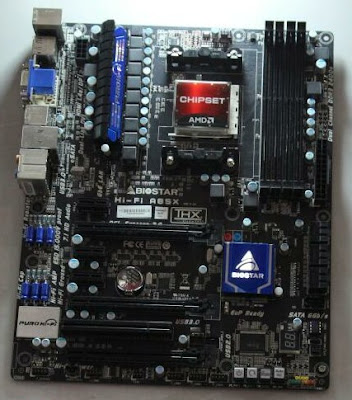Lenovo did not let Computex 2012 pass without contributing somehow, and by this we are referring to more than the Windows 8 ThinkPad Tablet, the U310 and U410 Ultrabooks and the IdeaTab S2109 Tablet.
There is a new laptop up for order on the company's website, although it would be just as accurate to say that there is a whole new bunch of them. Basically, the new IdeaPad Y580 is available in six different configurations. Depending on how much people are willing to pay, the resolution, storage and optical media will improve. The cheapest system has a price of $1,299, but there is a sale going on right now, so the tag is a much more appealing $1,039. According to exchange rates, those sums correspond to 1,038 Euro and 830 Euro, respectively.
The money will get buyers a quad-core Intel Core i7 CPU at 2.3 GHz and 6 MB cache (3rd generation Intel Core I7-3610QM Processor). Speaking of which, the chip is paired with 8 GB of DDR3-1600 MHz RAM (random access memory) and the NVIDIA GeForce GTX660M 2GB discrete GPU. Also, the hard drive is a common 500 GB, 7,200 RPM model, while the 15.6-inch screen features a native resolution of 1,366 x 768 pixels (HD). The rest of the specs are pretty standard: Bluetooth (4.0), HDMI out, 6-cell battery, a DVD writer, Wi-Fi (Intel Centrino Wireless-N 2200BGN) and an HD camera.
That said, the other five versions of the Lenovo IdeaPad Y580 get increasingly better screens (1,920 x 1,080 pixels), optical drives (Blu-ray) and storage (1 TB HDD + 32 GB SSD caching). The CPU, graphics, RAM and everything else stays the same though. People interested in learning more about the product, or maybe ordering one right off the bat, only need to stop by
this page. The maximum sum is $1,699 (1,357 Euro), but the eCoupon code provided by the company will bring the sum down to $1,239 (990 Euro).



 6/09/2012 03:16:00 AM
6/09/2012 03:16:00 AM
 dannzfay
dannzfay




































